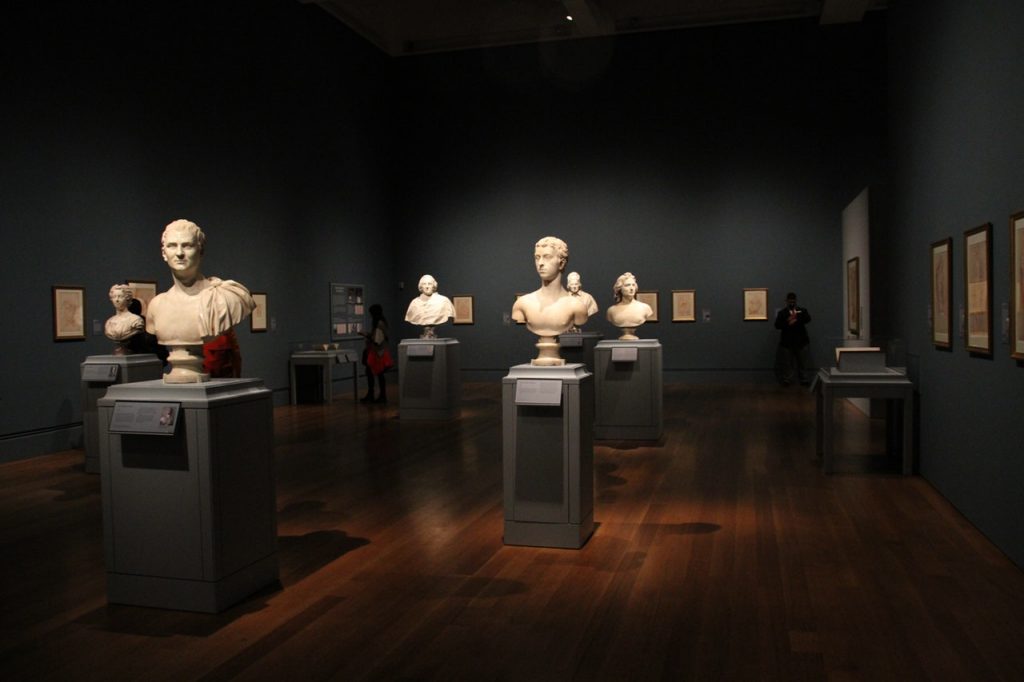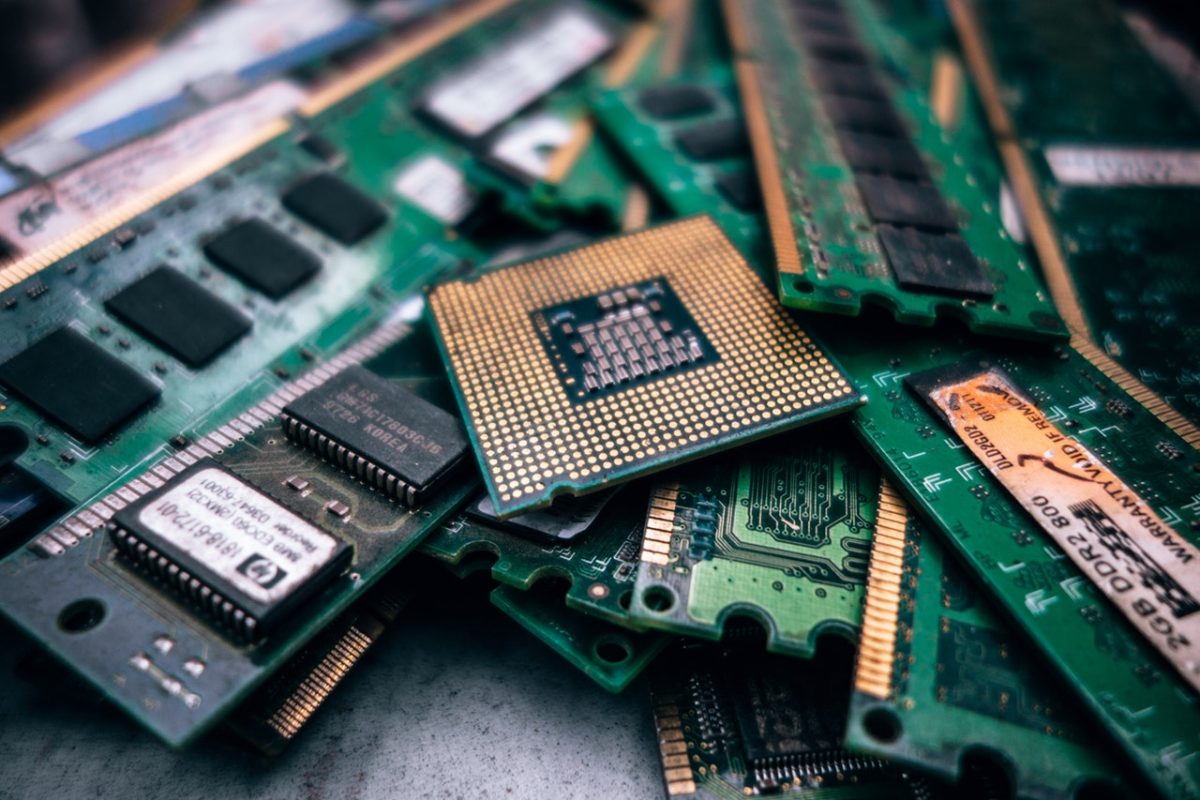
Technology is often used by galleries and museums to make moments of interaction that promote a broader consideration of a collection or topic. At precisely the same time, using hardware and applications can bring an element of theatre and magical to exhibition spaces.
One choice for building visitor interaction into an exhibition space would be to use an RFID system. RFID stands for radio frequency identification, which maybe sounds complicated, but it’s a simple, relatively cheap and reliable way of making connections between installations and visitors or displays.
In case you’ve ever used the Oyster card travel system in London, you’ve used an RFID reader and card. Handling thousands of passengers daily, Oyster provides a robust, quick and easy communication between your account as well as the network of transportation connections.
Passing a card near a reader, that may be embedded in another thing or ‘prop’, creates an immediate and direct communication with computer applications, with no need for any other physical input from the user. Discuss implementation with museum staff and museum display cabinet suppliers.
From the Amsterdams Historisch Museum’s A’DAM, fashion & man exhibition, which runs until 1 February, an RFID-based interactive component runs across space. At the beginning of the exhibition, visitors create a personal profile that is then connected to their A’DAM ID card. At different points in the exhibition, this RFID card is used to enrol personal preferences concerning clothing, self-image and style, including a selection of brands for items like beer, shoes, underwear and jeans. Each choice is logged, much like a journey across London on the Oyster system, and at the end of the display, the data are utilised to show a profile of the player, explaining how her or his self-image compares with other people. Since the museum says, the people themselves become part of the exhibition’.
The A’DAM ID concept was developed from a workshop involving the museum’s curators, graphic designers, education staff and entrepreneurs, together with design team Buro Koos. According to Hester Gersonius, the museum’s head of social networking and net, there were several elements which everybody wanted in the exhibition, including a private ‘questionnaire’, a picture and profile of participants and something for people to get via email after their trip.
‘We’ve used the RFID system for a sort of prototype evaluation for future exhibitions,’ says Gersonius. ‘One thing we’ve learnt is that you need to keep things very easy for people to know — some people were swiping their cards within the displays with the directions on, as opposed to over the columns where the readers are embedded, for instance. Now, however, people have got used to it I believe they will expect something like a future exhibition. We’ve invested in the hardware and will use it in our forthcoming permanent exhibition.’

A similar use of RFID featured in the Science of Survival, a touring exhibition produced by the Science Of…, where instalments asked people to create various lifestyle choices having to do with the content of this display (including zones on drinking and eating, and transport and construction ). Again, each decision was recorded and compiled in the last screen, Future City, which predicts the ecological effect of the lifestyle choices on a neighbourhood in 2050.
In both these cases, the RFID reader and card are used as a simple method of embedding the customer’s answers in the content of the display itself. This helps encourage a cognitive interaction with the ideas in hand by making thematic connections between different regions in the exhibitions. Take into consideration the materials used in the exhibition space, the Frank System is an economical solution.
Other input technology, such as mouse and keyboard, physical switches, touch-screen apparatus or barcode scanners, could have been used to collect the same data, but for effortless tracking of answers, RFID is most likely the most elegant. As a bonus for your museum, the RFID readers can be used to record anonymous, but individualised, visitor use and live times for later analysis. Likewise in the British Music Experience in the O2 in London, visitors can use the RFID tags in their tickets to collect’ the objects and exhibits they’re interested in so that they can see them at leisure online following their trip.
An additional advantage of RFID is its relatively low price, mainly when the cards are purchased in bulk. Tags and readers function over different ranges, with the shortest range generally being the cheapest, so it’s worth choosing carefully, based on the requirements of the installations.
However, the magic of RFID comes to the fore once the readers are embedded inside (or close ) other objects. A fantastic example is iTea, a teacup reader made by a collaborative group of Amsterdam-based designers and developers at an RFID workshop hosted by Mediamatic. Drop your ID card to the cup and data about you, sourced on the world wide web, is projected on the tabletop before you.
A hidden’ RFID system can also be used at the Nobel Peace Centre exhibition in Oslo, Norway, which includes interactive technology designed by US-based Small Design Firm. From the centre Nobel Chamber, a book’ of Alfred Nobel’s life uses projections to make its pages and infrared sensors to detect where on the page folks are pointing.
As with any technology in a museum environment, careful consideration of the exhibition’s goals and requirements, articles, items and stories, project budgets, layout plans and the physical environment itself will determine what interactive approach, if any, is most appropriate. But as the examples here show, RFID can provide a simple and frequently enchanting interface between people and electronic installations.